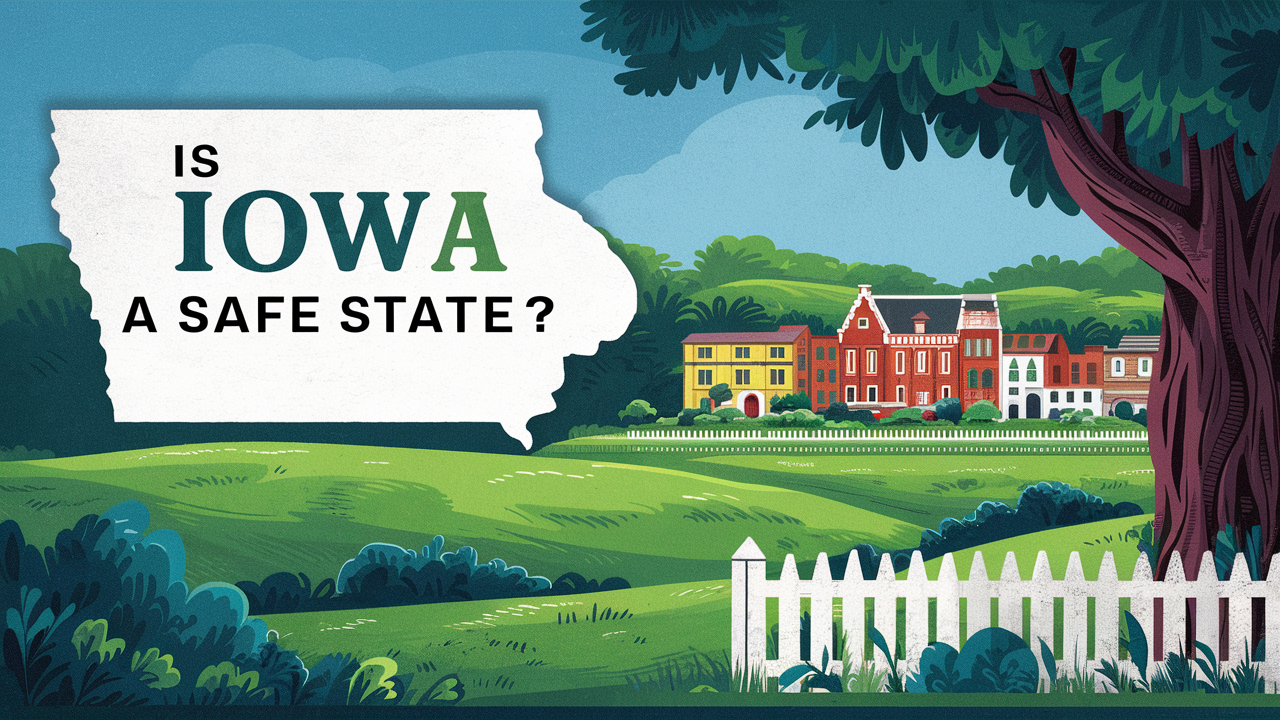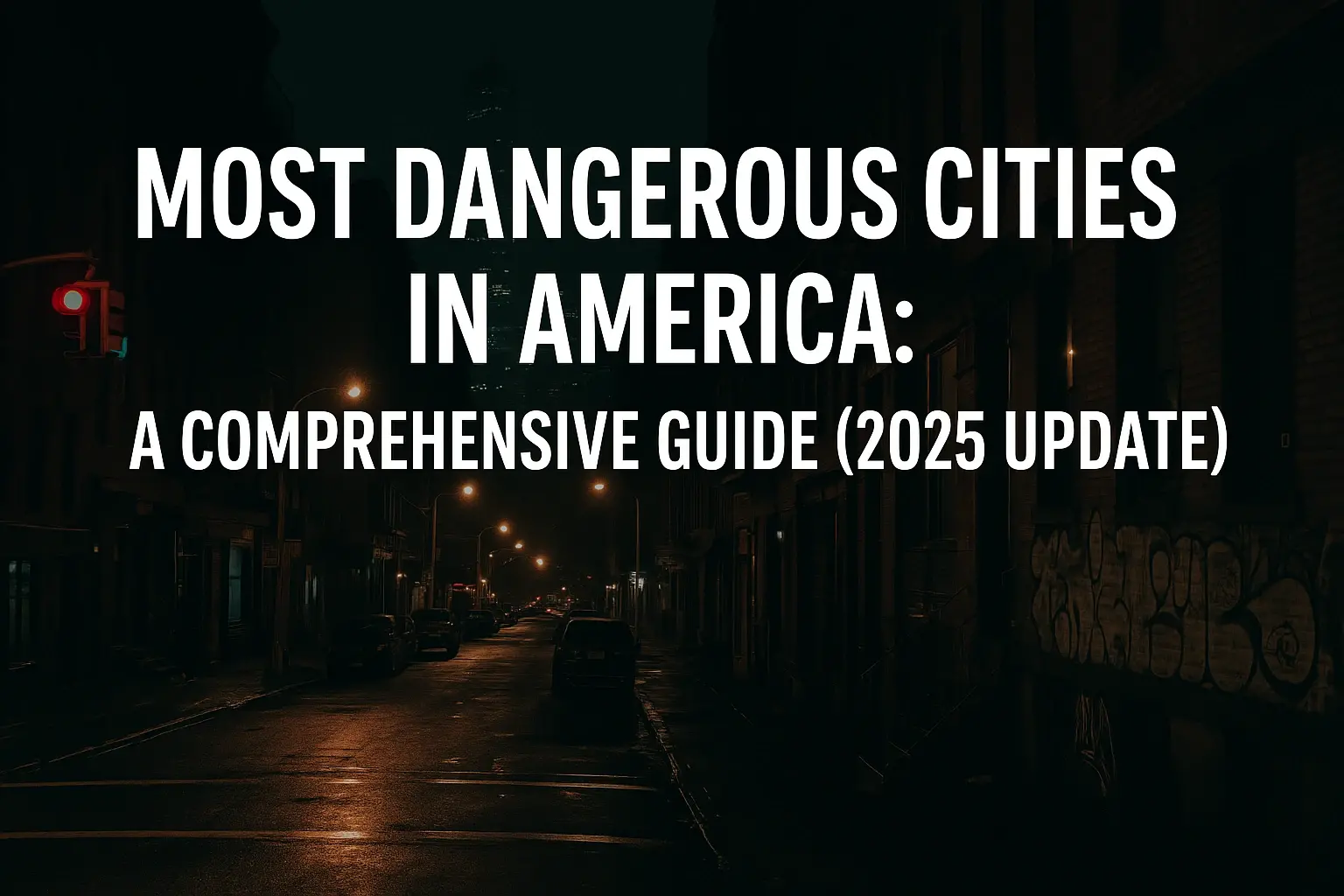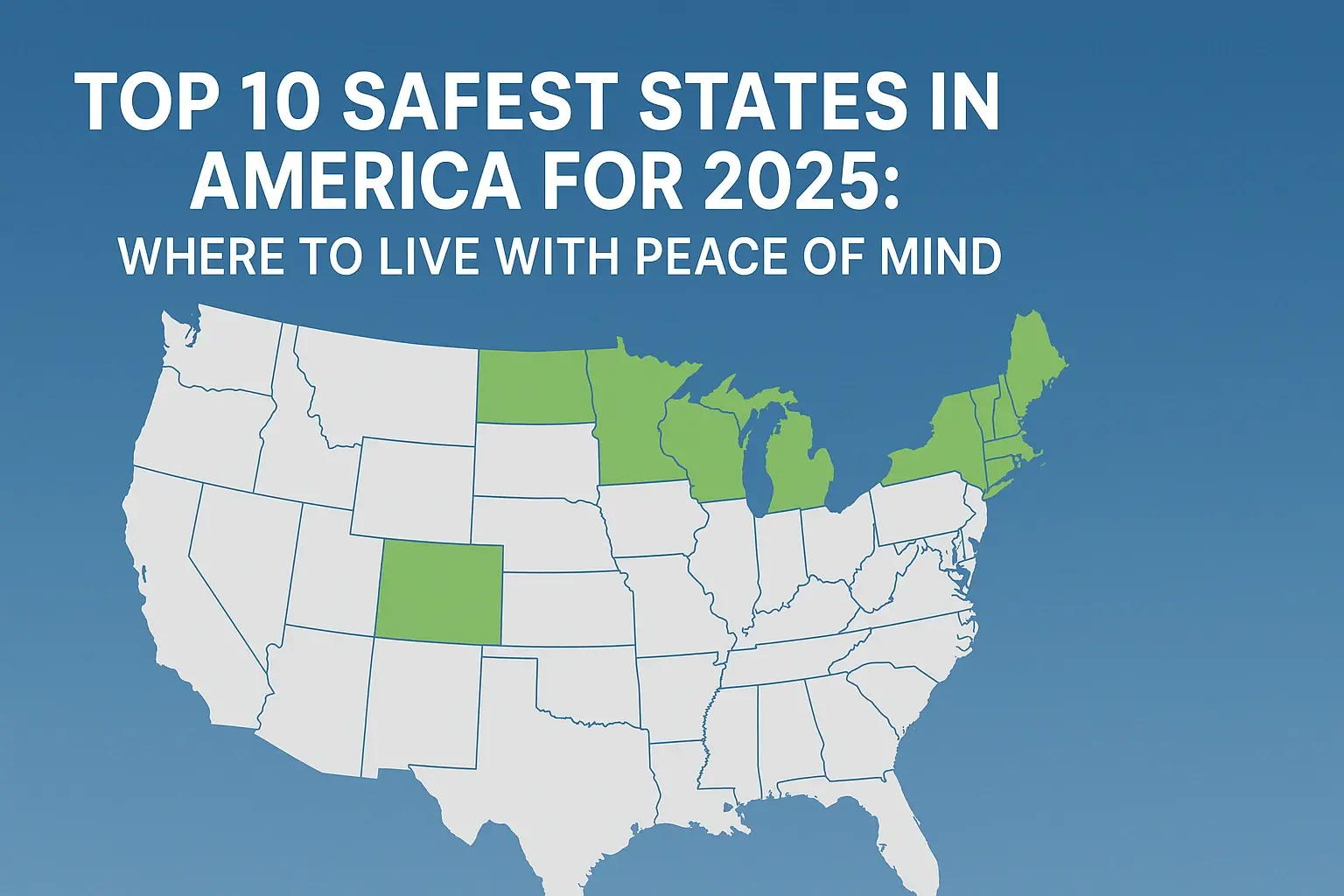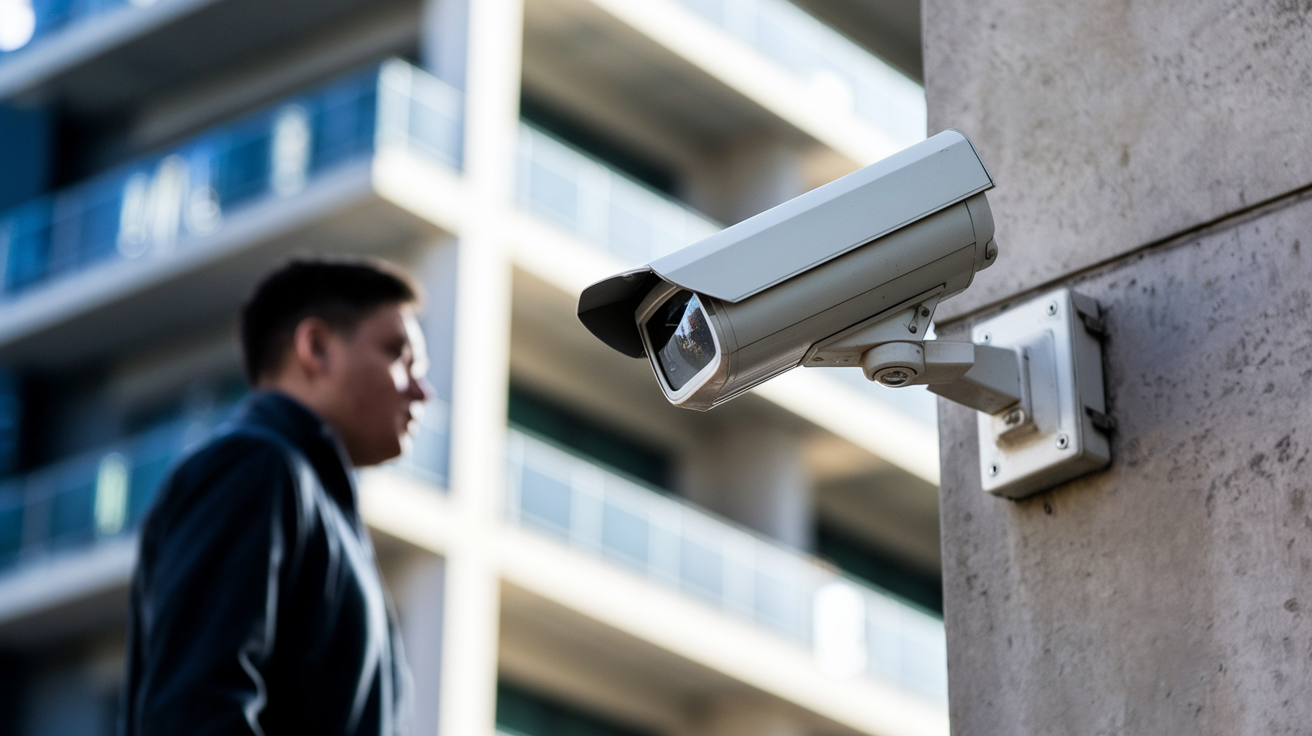Iowa is one of the states found in the Midwestern region of the United States and, generally speaking, it is not a region that is associated with high crime rates. But there is one common thing all the states have, and it is the presence of risks and threats to safety.
Crime Rates
From the latest FBI crime data, Iowa is among the safest states in terms of the number of violent crimes. For the same period, there were 209 violent crimes per 100000 residents in the state of Oregon. Iowa ranked much lower with the violent crime rate being below half of the national average. The overall average of serious crimes per 100,000 people is less than the average, including murder, forcible rape, robbery, aggravated assault, etc.
Another region in Iowa is also ranked relatively low in terms of property crime which is 1,539 per 100,000 people in 2020. This rate is below the average of two-thirds of states in the United States. As with all crime, no region of Iowa lacks threats of property offenses; however, citizens of Iowa face fewer threats.
However, it is logical to state that crime is not the same across all regions and even big cities of Iowa do not reveal high crime rates compared to giant cities of other states. Some of the cities that have recorded low crime rates include Des Moines and Cedar Rapids, crime rates that are lower than almost all other cities of comparable sizes.
Natural Disasters
Iowa has a great internal continental location which affords it considerable immunity to many natural calamities such as hurricanes, wildfires, and earthquakes. However, it remains possible to identify certain threats that are still within the state.
They encompass torrential rainfall, hailstorms, strong gusty winds, and tornadoes within the warm stations of Iowa. Average annual tornado activities include 47 tornadoes per year. Most are fairly small, although violent F4 or F5 tornadoes can occasionally ensue. Effective warnings in emergencies assist in reducing the risks of losses. Another aspect is that homeowners and business owners also profit from the high tornado availability of shelters.
Another natural disaster that may occur in Iowa is flooding; these areas are mostly common to regions that sit near the Missouri or Mississippi River. Levee systems offer a great deal of protection against floods, though major ones are always a possibility and may sometimes necessitate temporary evacuation in certain sections. Similar to tornadoes, advanced warning enables people to safeguard life and property in cases where such calamities are experienced.
These are some of the perils that are associated with winter storms; however, Iowans are normally in a position to deal with most of the frequent meteorological hazards that characterize this season such as blizzards, extreme cold, ice storms, and the rest.
Infrastructure Resilience
Overall, some of the critical infrastructure that makes communities safer is pretty stable in Iowa. ACEL claims that the general condition of all the systems of Iowa, including roads, bridges, dams, drinking water, and electrical grids is satisfactory, and therefore gives it a mark of B-. Investment in infrastructure becomes a problem, even as targeted funding persists.
Iowa also spends large quantities of money on the capacity of emergency responses. Police departments, fire districts, EMTs, and hospitals are some of the critical support units available in any significant disaster or safety event. 999 solutions and two Level 1 Trauma Centers guarantee that paramount care is accessible all over New York.
Preparedness is Key
As we know, risks can never be fully avoided, but the overall crime rate in Iowa is lower than in many states, natural disasters are fewer and far between, infrastructure is more resistant, and emergency response is significantly better than in many areas of the country. The citizens can also contribute to safety by actively avoiding situations that may be hazardous, and by taking reasonable measures to prepare for such occurrences.
Replacing old home security systems, storing or safeguarding items of value, revisiting insurance plans, packing emergency kits and making emergency plans, and closely listening and following warnings from the media and home warning systems or alert apps are a few small measures that every Iowan can perform. Another is awareness; people should be informed of risks related to certain fields of study or activity.
In Conclusion
Thus, no place in the world can be considered 100 percent safe at any given time against all kinds of hazards. However, Iowa’s risk of both life and property loss is among the lowest nationwide. Continuing investments for crime control and emergency readiness together with education aids in maintaining the fairly safe environment that people and guests of the state value. Thus, although tight security measures are not required, getting acquainted with the situation and being prepared to some extent is unproblematic.







